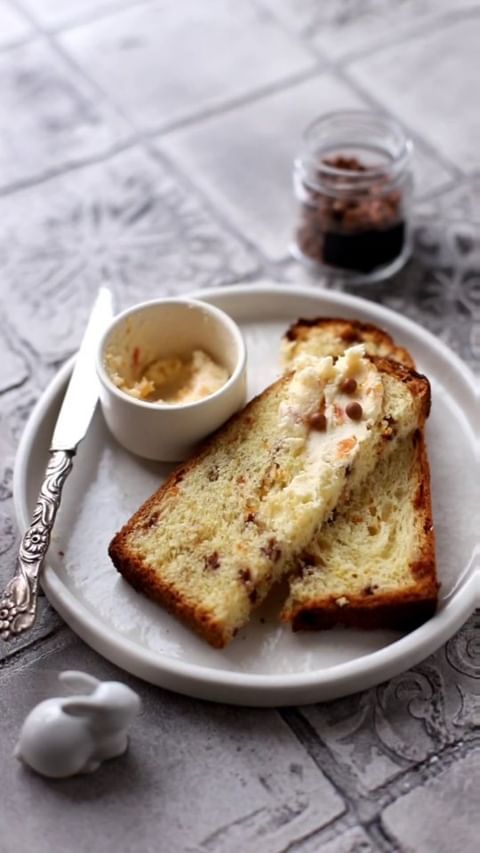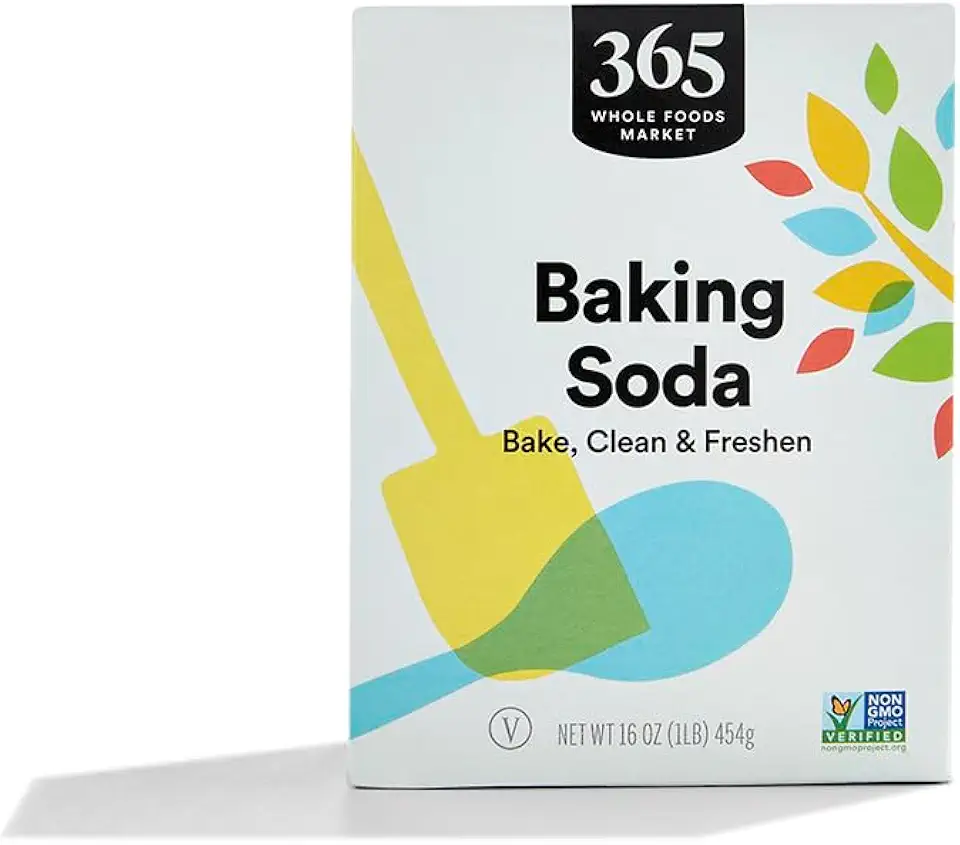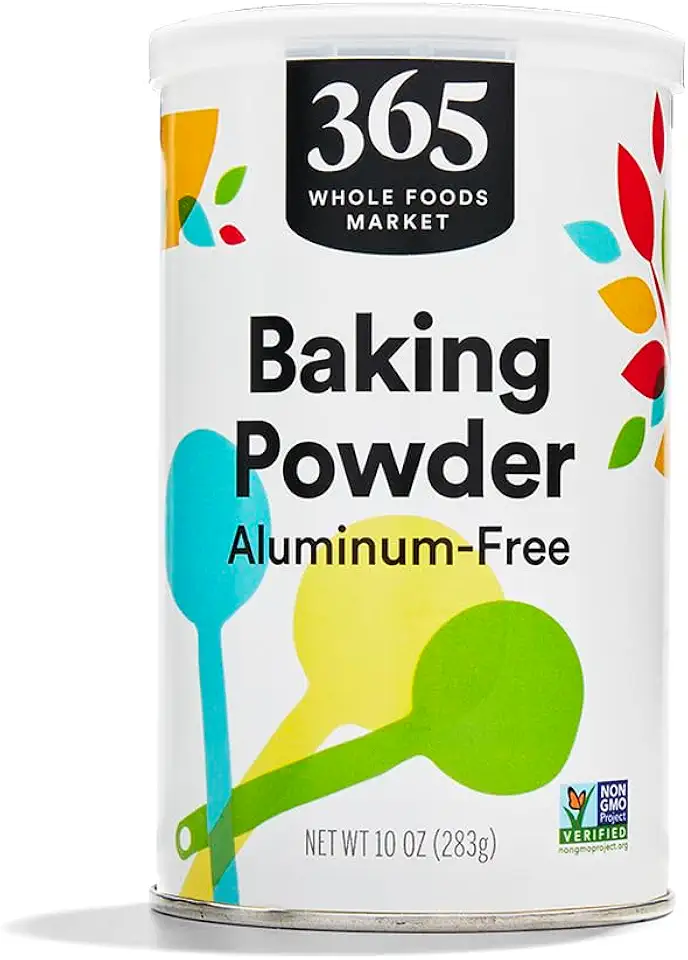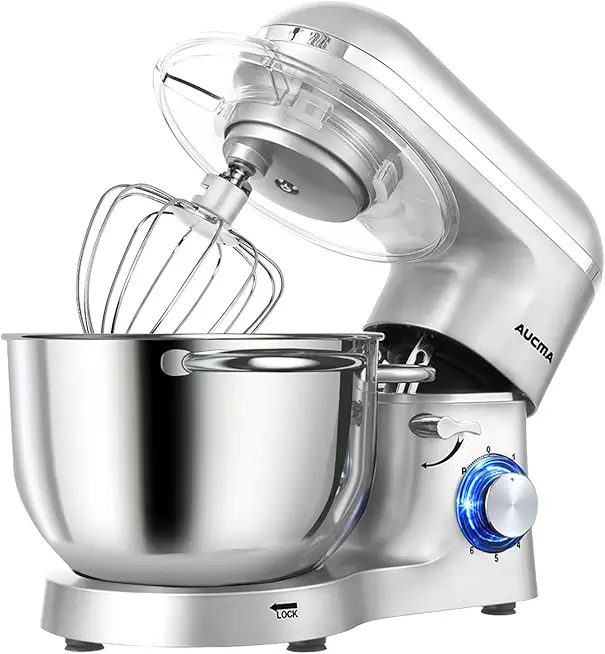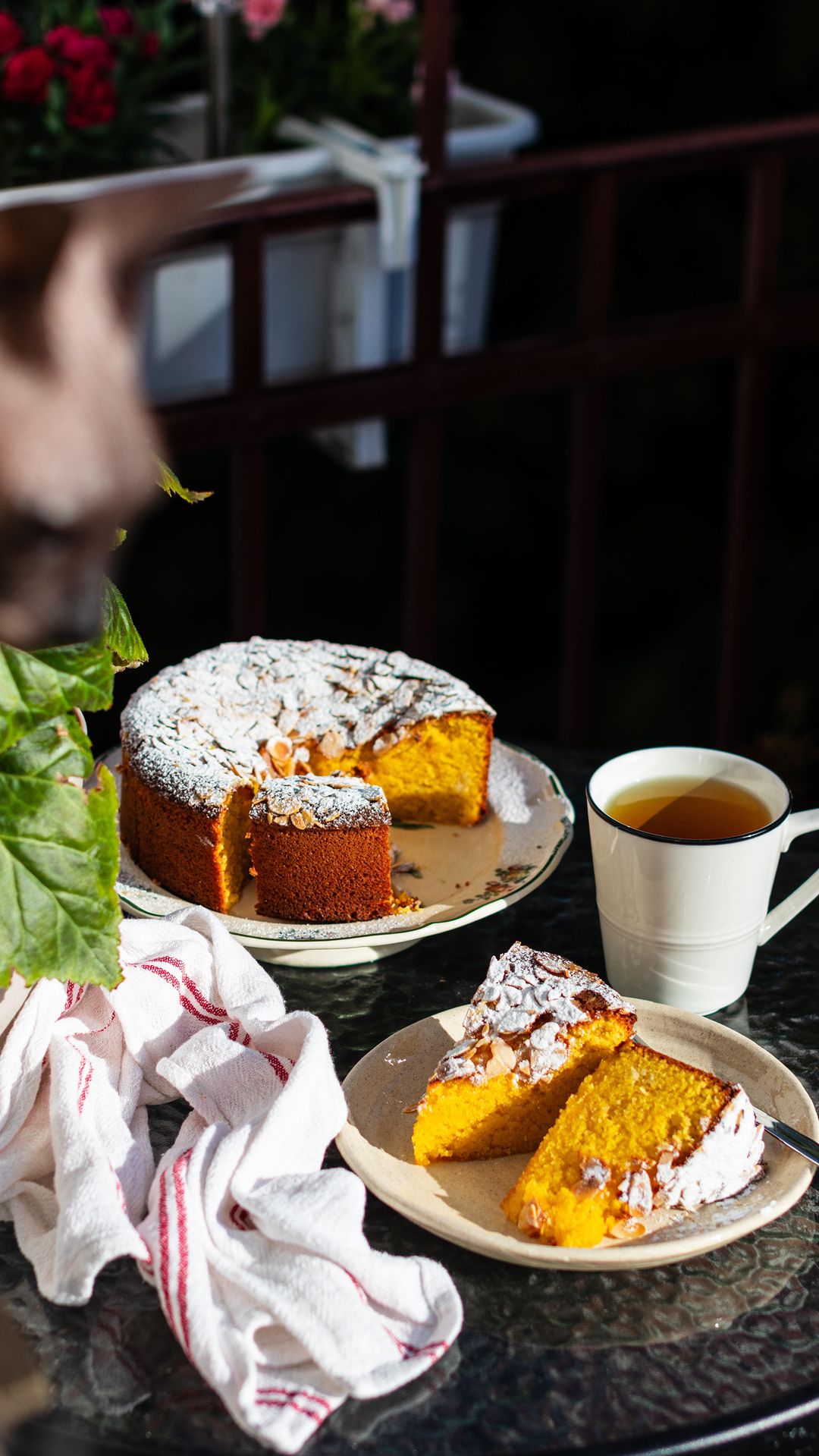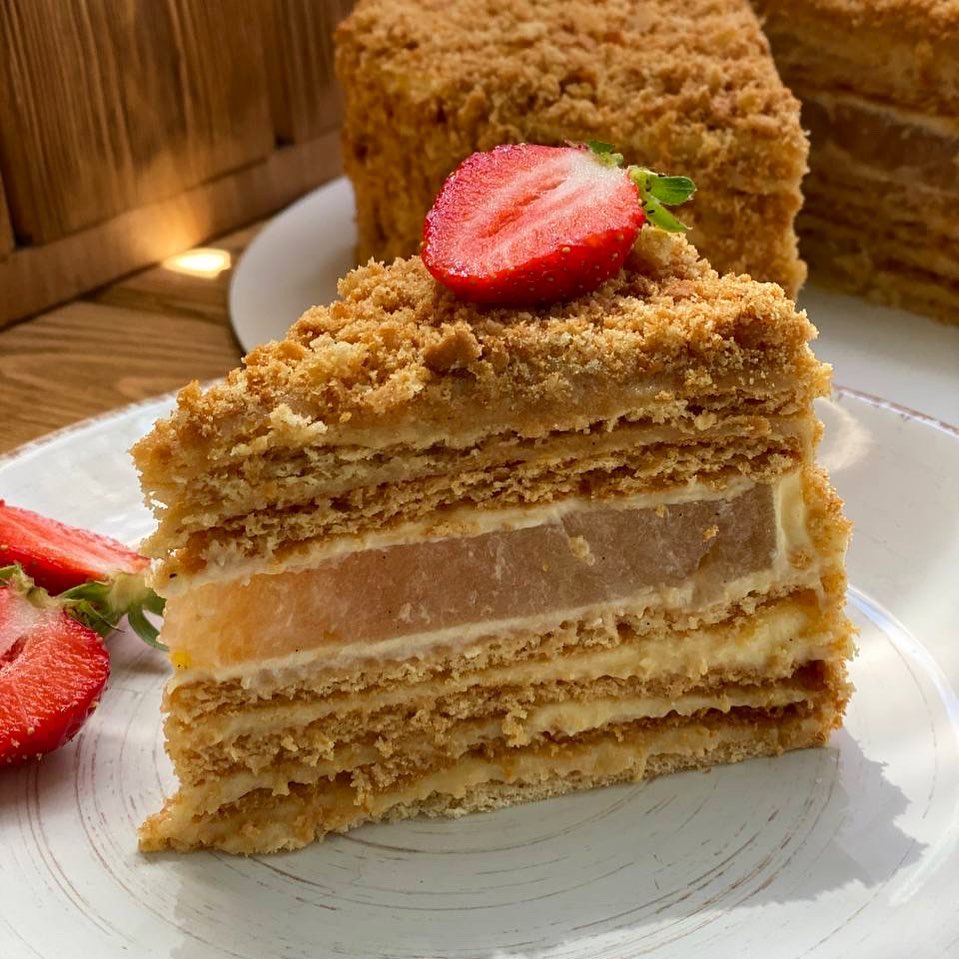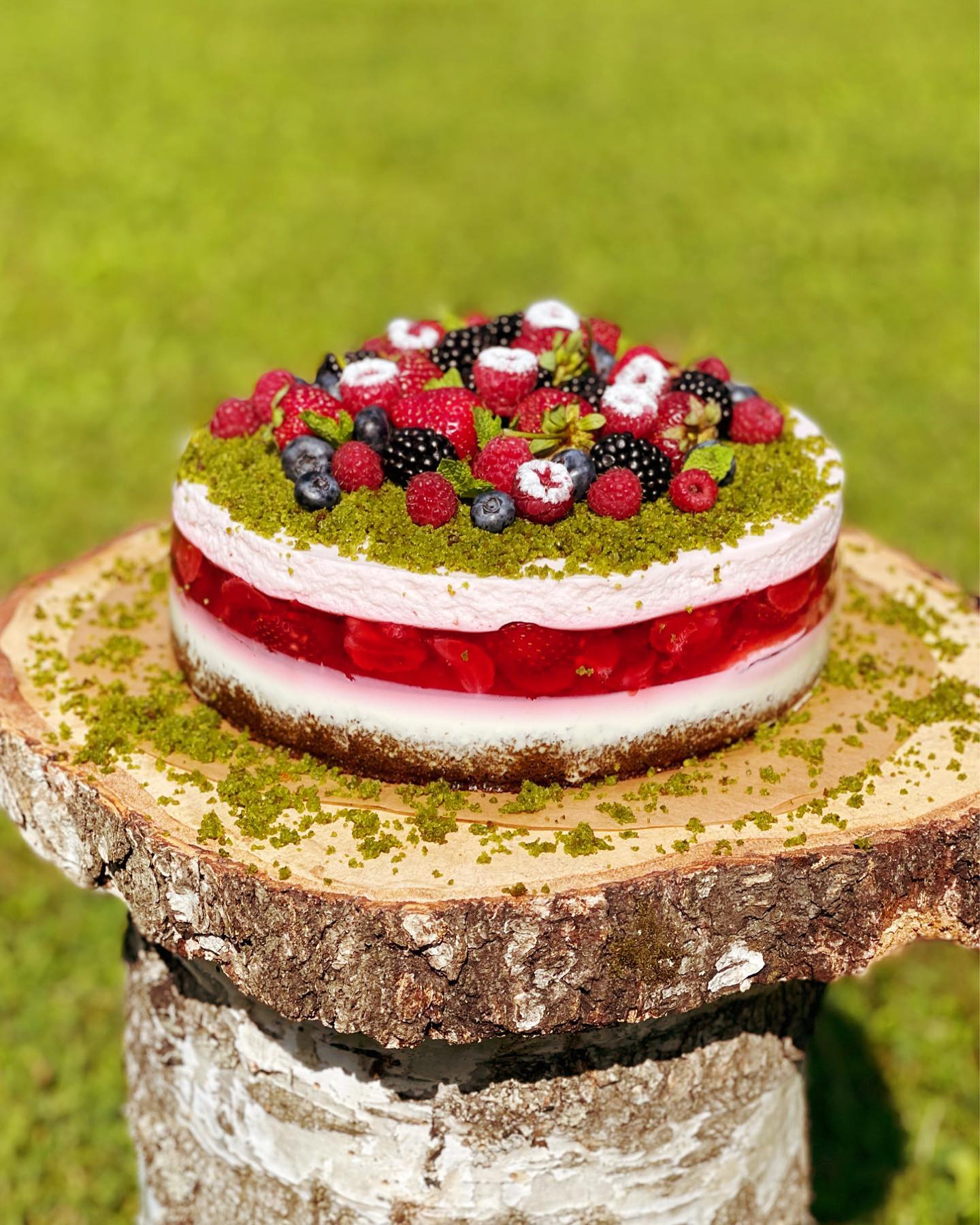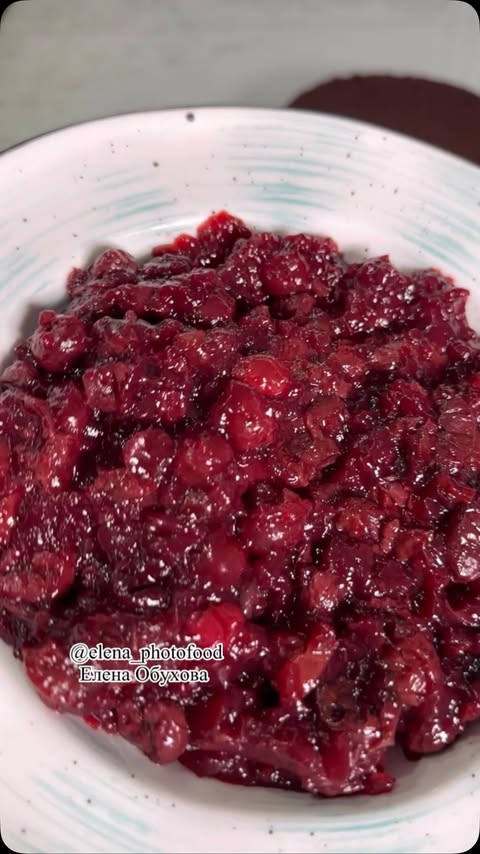Ingredients
Cake Ingredients
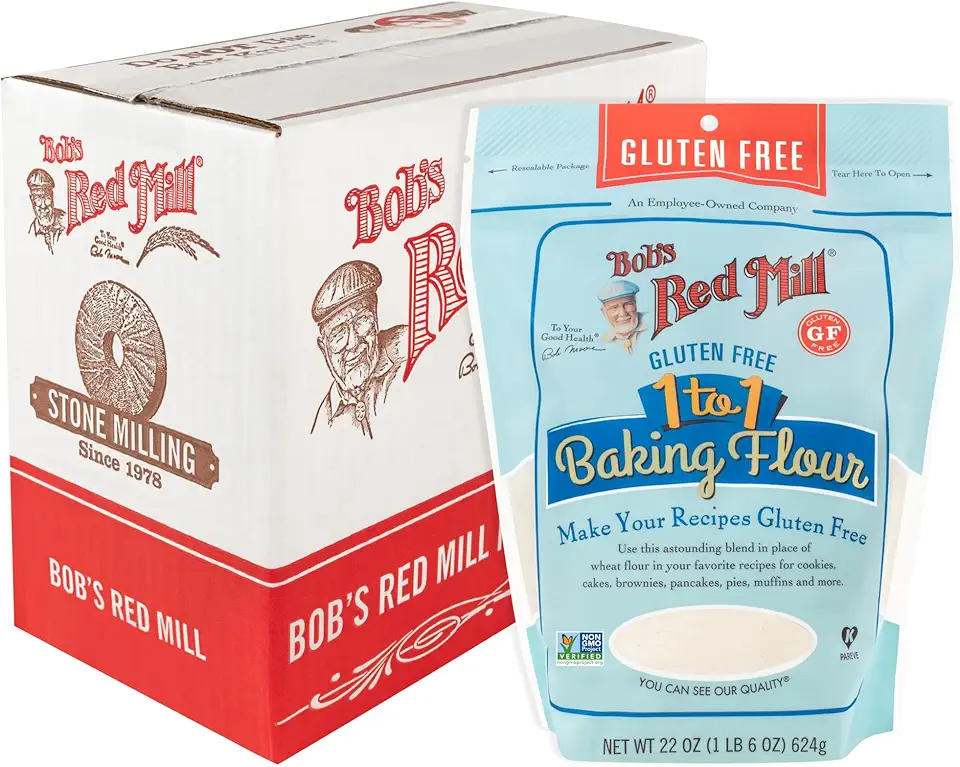 Bob's Red Mill Gluten Free 1-to-1 Baking Flour, 22 Ounce (Pack of 4)
$23.96
View details
Prime
Bob's Red Mill Gluten Free 1-to-1 Baking Flour, 22 Ounce (Pack of 4)
$23.96
View details
Prime
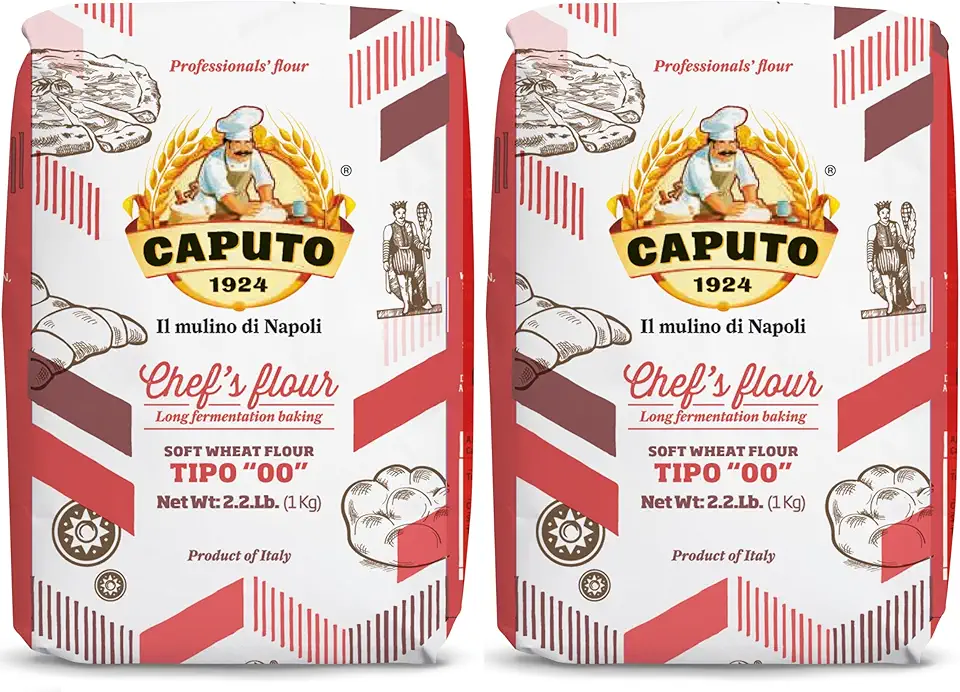 Antimo Caputo Chefs Flour - Italian Double Zero 00 - Soft Wheat for Pizza Dough, Bread, & Pasta, 2.2 Lb (Pack of 2)
$16.99
View details
Prime
best seller
Antimo Caputo Chefs Flour - Italian Double Zero 00 - Soft Wheat for Pizza Dough, Bread, & Pasta, 2.2 Lb (Pack of 2)
$16.99
View details
Prime
best seller
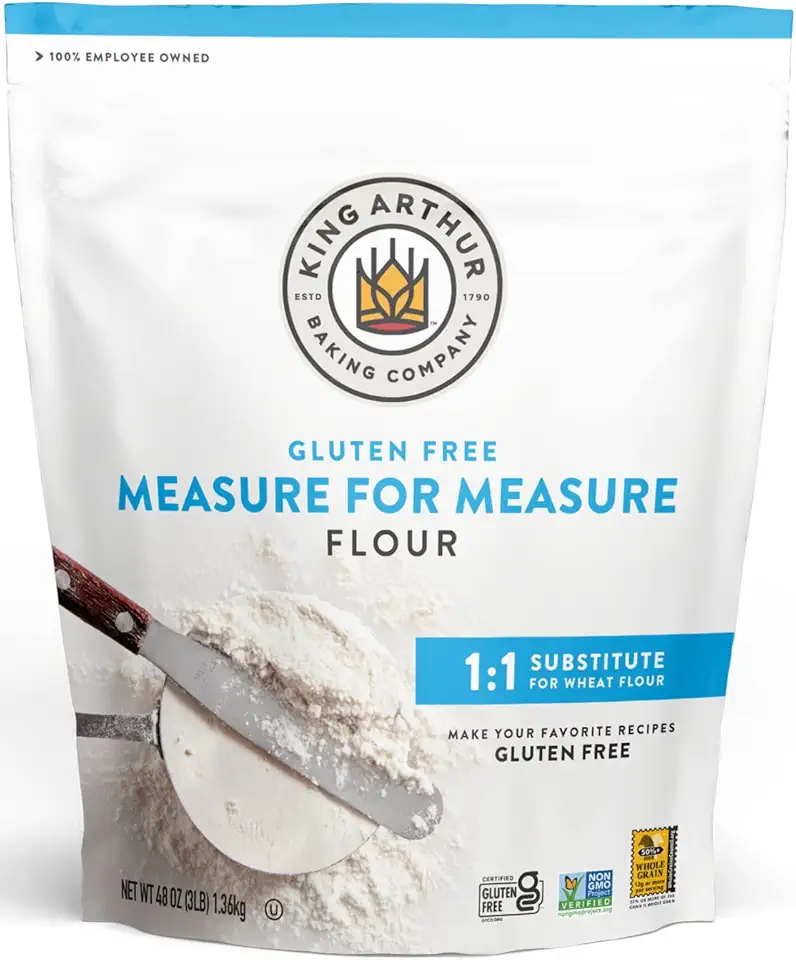 King Arthur, Measure for Measure Flour, Certified Gluten-Free, Non-GMO Project Verified, Certified Kosher, 3 Pounds, Packaging May Vary
$8.62
View details
King Arthur, Measure for Measure Flour, Certified Gluten-Free, Non-GMO Project Verified, Certified Kosher, 3 Pounds, Packaging May Vary
$8.62
View details
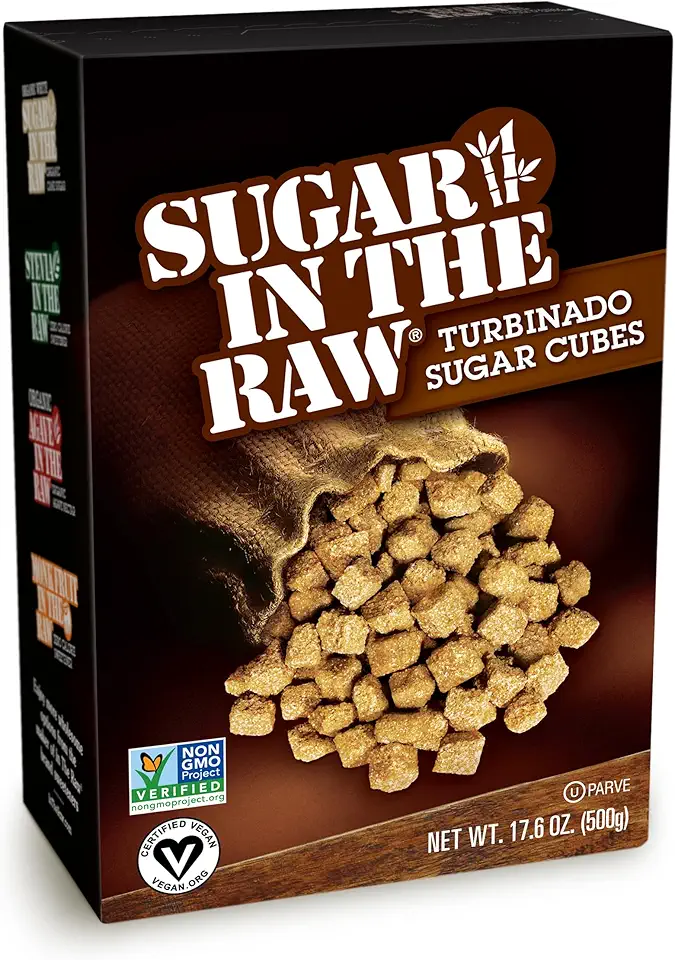 Sugar In The Raw Granulated Turbinado Cane Sugar Cubes, No Added Flavors or erythritol, Pure Natural Sweetener, Hot & Cold Drinks, Coffee, Vegan, Gluten-Free, Non-GMO,Pack of 1
$5.27
View details
Prime
Sugar In The Raw Granulated Turbinado Cane Sugar Cubes, No Added Flavors or erythritol, Pure Natural Sweetener, Hot & Cold Drinks, Coffee, Vegan, Gluten-Free, Non-GMO,Pack of 1
$5.27
View details
Prime
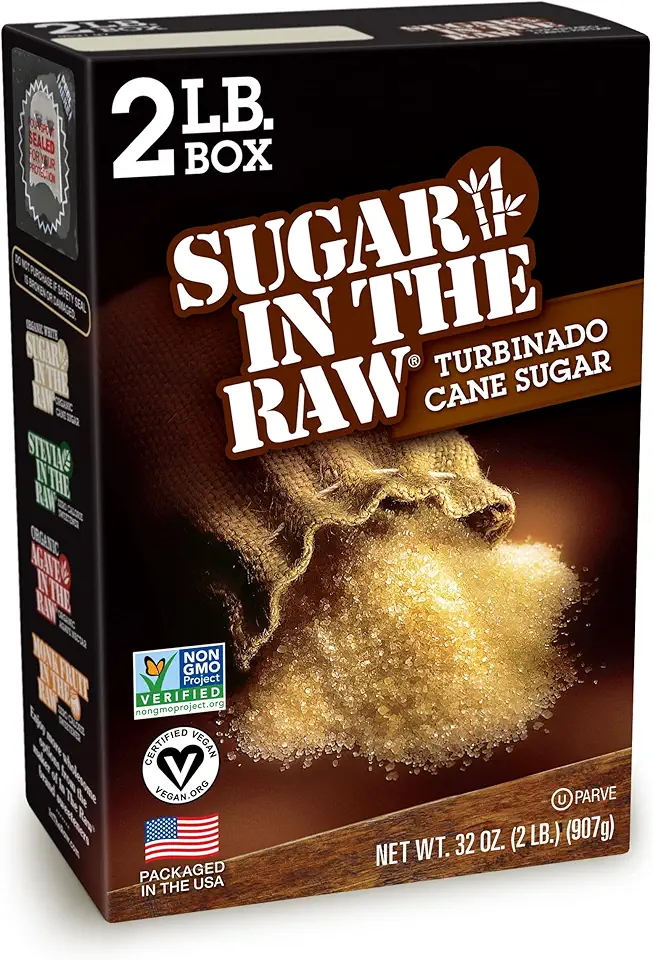 Sugar In The Raw Granulated Turbinado Cane Sugar, No Added Flavors or erythritol, Pure Natural Sweetener, Hot & Cold Drinks, Coffee, Baking, Vegan, Gluten-Free, Non-GMO, Bulk Sugar, 2lb Bag (1-Pack)
$3.74
$4.14
View details
Prime
Sugar In The Raw Granulated Turbinado Cane Sugar, No Added Flavors or erythritol, Pure Natural Sweetener, Hot & Cold Drinks, Coffee, Baking, Vegan, Gluten-Free, Non-GMO, Bulk Sugar, 2lb Bag (1-Pack)
$3.74
$4.14
View details
Prime
 C&H Pure Cane Granulated White Sugar, 25-Pound Bags
$56.99
$49.98
View details
C&H Pure Cane Granulated White Sugar, 25-Pound Bags
$56.99
$49.98
View details
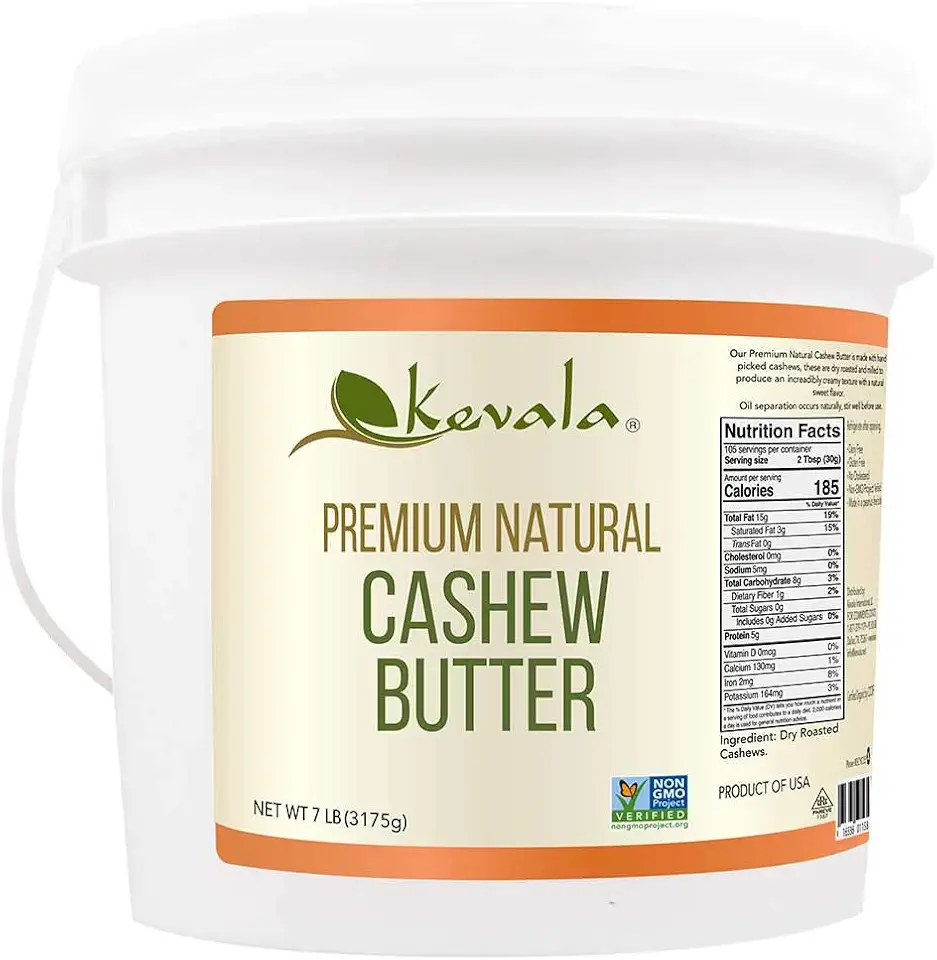 Kevala Cashew Butter 7 Lbs Pail
$83.62
View details
Prime
best seller
Kevala Cashew Butter 7 Lbs Pail
$83.62
View details
Prime
best seller
 4th & Heart Original Grass-Fed Ghee, Clarified Butter, Keto, Pasture Raised, Lactose and Casein Free, Certified Paleo (9 Ounces)
$11.49
View details
Prime
4th & Heart Original Grass-Fed Ghee, Clarified Butter, Keto, Pasture Raised, Lactose and Casein Free, Certified Paleo (9 Ounces)
$11.49
View details
Prime
 4th & Heart Himalayan Pink Salt Grass-Fed Ghee, Clarified Butter, Keto Pasture Raised, Non-GMO, Lactose and Casein Free, Certified Paleo (9 Ounces)
$9.49
View details
4th & Heart Himalayan Pink Salt Grass-Fed Ghee, Clarified Butter, Keto Pasture Raised, Non-GMO, Lactose and Casein Free, Certified Paleo (9 Ounces)
$9.49
View details
 LorAnn Orange Bakery Emulsion, 4 ounce bottle
$6.91
View details
Prime
LorAnn Orange Bakery Emulsion, 4 ounce bottle
$6.91
View details
Prime
 Nielsen-Massey Pure Orange Extract for Baking, Cooking and Drinks, 2 Ounce Bottle
$12.49
View details
Prime
Nielsen-Massey Pure Orange Extract for Baking, Cooking and Drinks, 2 Ounce Bottle
$12.49
View details
Prime
 Amifruit Candied Orange Peel Strips 2.2lbs. Ready To Eat, Slowly Candied In Sugar Syrup, Certified Kosher, Gluten Free, GMO Free, Trans Fat Free
$41.79
$44.94
View details
Amifruit Candied Orange Peel Strips 2.2lbs. Ready To Eat, Slowly Candied In Sugar Syrup, Certified Kosher, Gluten Free, GMO Free, Trans Fat Free
$41.79
$44.94
View details
Filling Ingredients
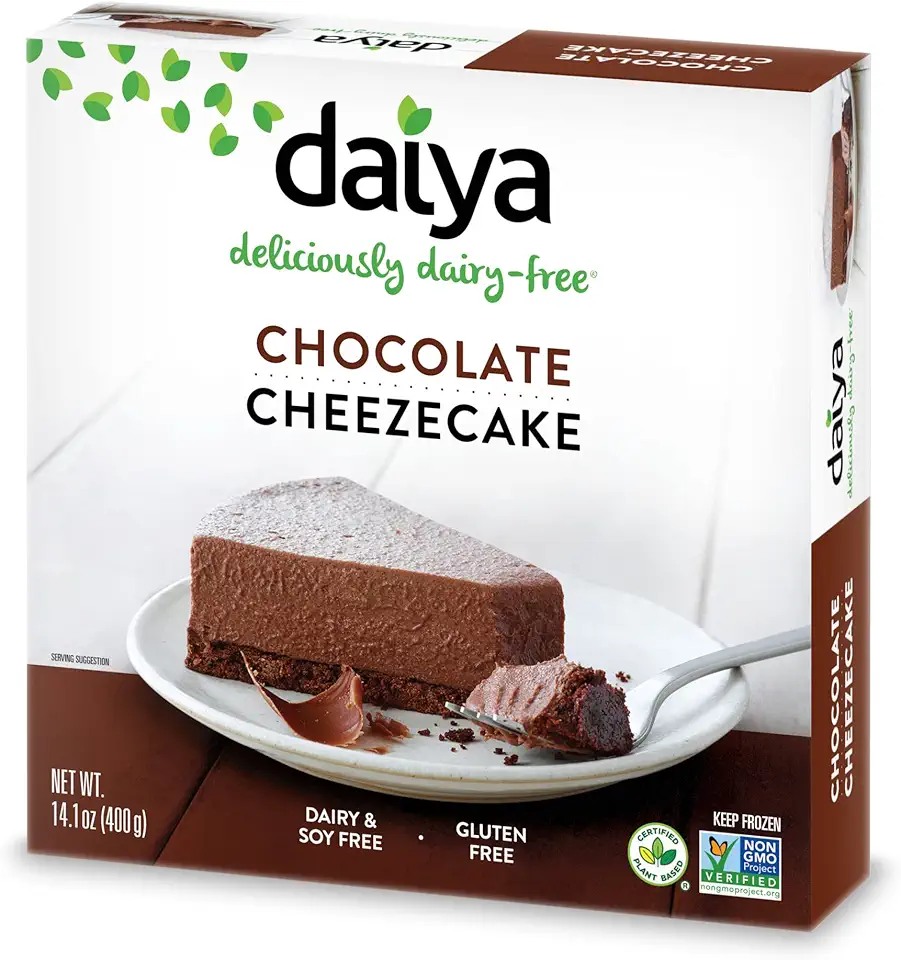 Daiya Dairy Free Gluten Free Chocolate Vegan Frozen Cheesecake, 14.1 Ounce (Pack of 8)
$107.26
View details
Prime
Daiya Dairy Free Gluten Free Chocolate Vegan Frozen Cheesecake, 14.1 Ounce (Pack of 8)
$107.26
View details
Prime
 Betty Crocker Favorites Super Moist Chocolate Fudge Cake Mix, 13.25 oz (Pack of 12)
$23.04
View details
Betty Crocker Favorites Super Moist Chocolate Fudge Cake Mix, 13.25 oz (Pack of 12)
$23.04
View details
 LorAnn Lemon Bakery Emulsion, 4 ounce bottle (Pack of 2)
$16.98
View details
LorAnn Lemon Bakery Emulsion, 4 ounce bottle (Pack of 2)
$16.98
View details
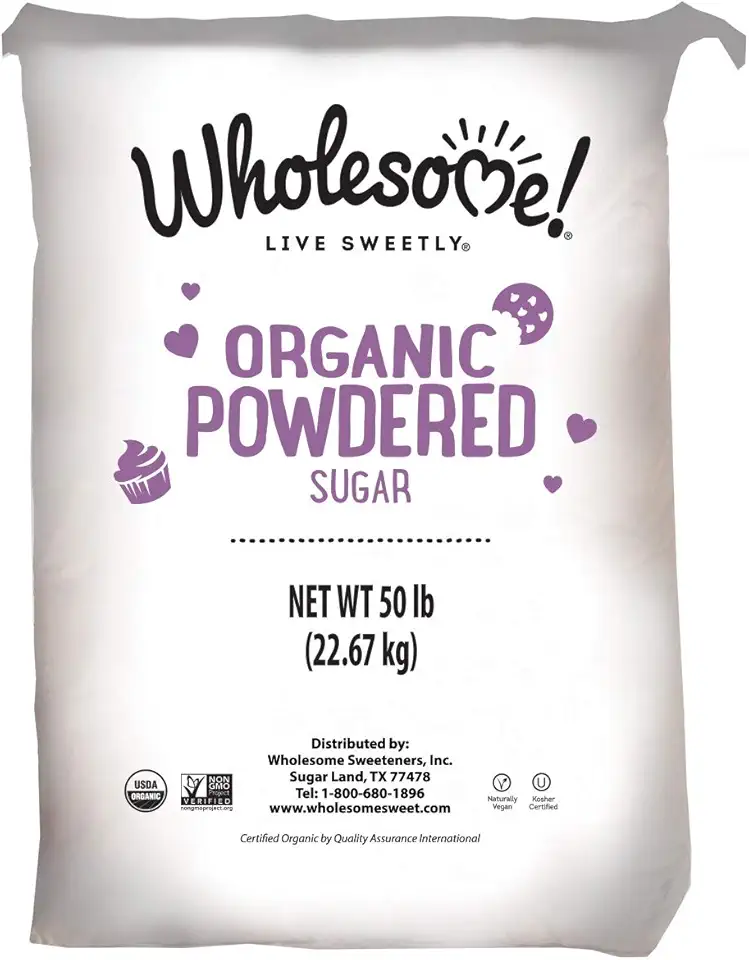 Wholesome Fair Trade Organic Powdered Sugar, Naturally Flavored Real Sugar, Non GMO & Gluten Free, 50 Pound (Pack of 1)
$106.95
View details
Prime
best seller
Wholesome Fair Trade Organic Powdered Sugar, Naturally Flavored Real Sugar, Non GMO & Gluten Free, 50 Pound (Pack of 1)
$106.95
View details
Prime
best seller
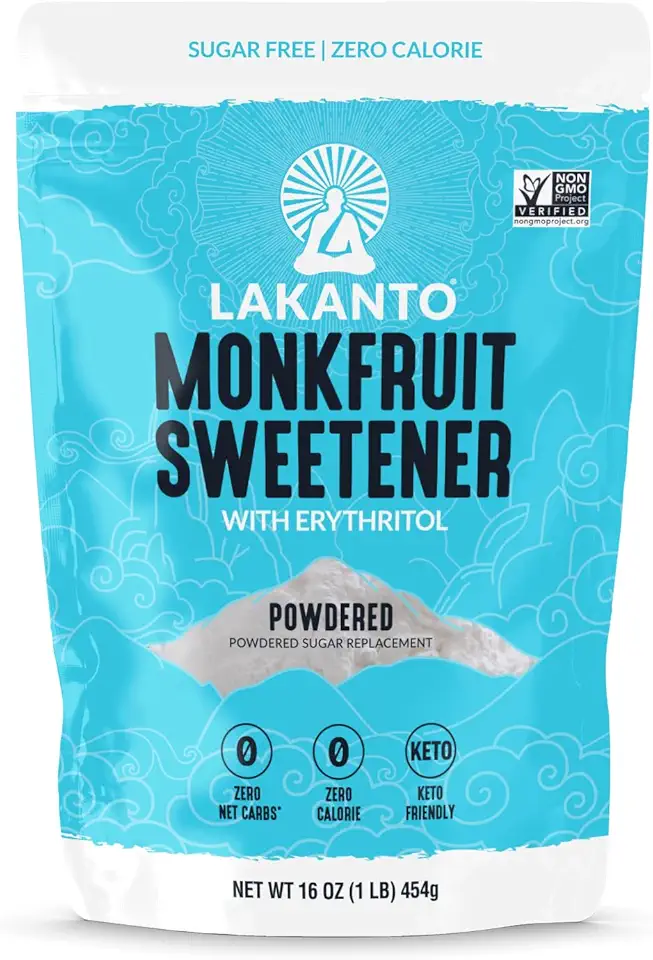 Lakanto Powdered Monk Fruit Sweetener with Erythritol - Powdered Sugar Substitute, Zero Calorie, Keto Diet Friendly, Zero Net Carbs, Baking, Extract, Sugar Replacement (Powdered - 1 lb)
$11.90
View details
Prime
Lakanto Powdered Monk Fruit Sweetener with Erythritol - Powdered Sugar Substitute, Zero Calorie, Keto Diet Friendly, Zero Net Carbs, Baking, Extract, Sugar Replacement (Powdered - 1 lb)
$11.90
View details
Prime
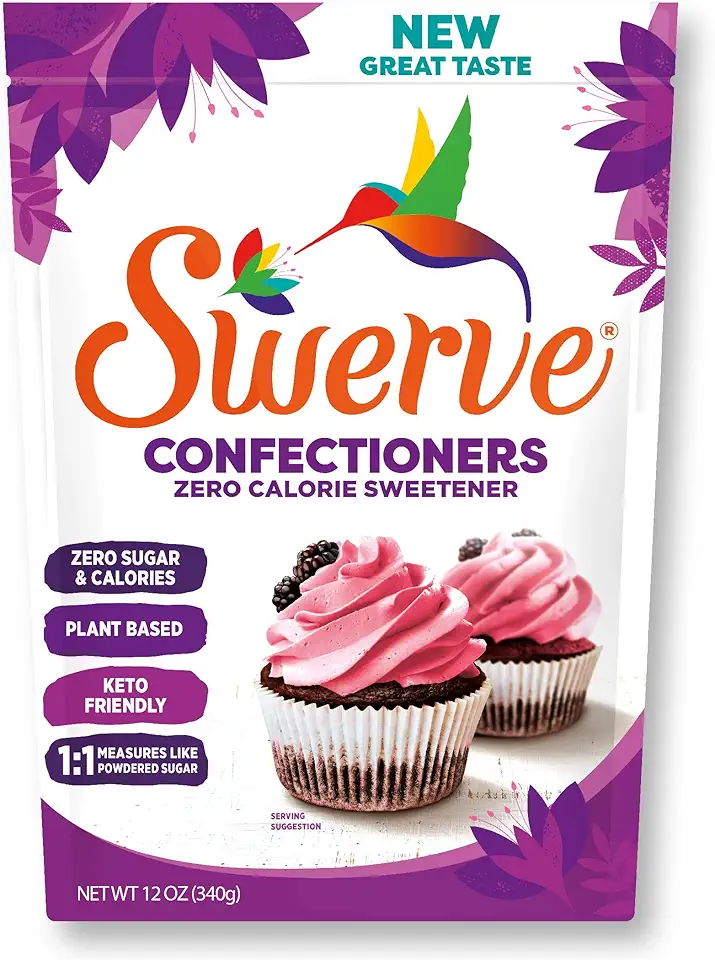 Swerve Sweetener Powder, Confectioners, 12 oz
$6.98
View details
Swerve Sweetener Powder, Confectioners, 12 oz
$6.98
View details
 Anna and Sarah Dried Turkish Apricots in Resealable Bag, 3lbs 1 Pack
$26.99
View details
Prime
Anna and Sarah Dried Turkish Apricots in Resealable Bag, 3lbs 1 Pack
$26.99
View details
Prime
 Dried Turkish Apricots-5lbs,(80oz) Resealable Bag-Natural, Farm Fresh, Whole, No Added Sugar, No Pits- Kosher Certified, Healthy Diet Snacks, Fruit Pie Filling, Baking-Soft and Chewy- by We Got Nuts
$33.99
$36.99
View details
Prime
Dried Turkish Apricots-5lbs,(80oz) Resealable Bag-Natural, Farm Fresh, Whole, No Added Sugar, No Pits- Kosher Certified, Healthy Diet Snacks, Fruit Pie Filling, Baking-Soft and Chewy- by We Got Nuts
$33.99
$36.99
View details
Prime
 Mariani Ultimate Dried Apricots, 32 oz - Resealable Bag, No Sugar Added, Vegan
$23.99
$26.99
View details
Mariani Ultimate Dried Apricots, 32 oz - Resealable Bag, No Sugar Added, Vegan
$23.99
$26.99
View details
Instructions
Step 1
Preheat your oven to 180°C (350°F). Ensure that all your *ingredients* are at room temperature for better mixing results.
In a large mixing bowl, cream the *butter* and *sugar* together until light and fluffy. Add the *eggs* one at a time, mixing well after each addition.
Sift in the *flour*, *baking powder*, and *salt*. Add the *orange juice* and *zest* to the mixture. Mix until just combined.
Step 2
In another bowl, combine the *cream cheese* with *powdered sugar* until smooth. Stir in the chopped *dried apricots*. This mixture will be used to create a delightful filled layer in your cake.
Step 3
Grease and line your cake tin. Pour half of the *cake batter* into the tin, *spread the filling* evenly over it, and top with the remaining batter.
Bake for about 45-50 minutes or until a skewer inserted into the center comes out clean. Allow the cake to cool in the tin for 10 minutes, then transfer to a wire rack to cool completely.
Step 4
Once cooled, slice the cake and serve with a warm cup of tea or coffee. The burst of *orange flavor* with the *creamy filling* is sure to be a hit at any easter gathering!
Servings
🧡 For a sophisticated brunch delight, serve your orange pastries warm with a dollop of clotted cream and a side of fresh berries. The creaminess complements the tartness in such a delightful contrast!
Tea time anyone? Pair these pastries with a cup of Earl Grey for a traditional afternoon snack that will make your taste buds dance. 🍵
Elevate your dessert game by drizzling some melted dark chocolate over the cooled pastries. The bitterness of the chocolate enhances the citrus notes brilliantly! 🍫
Equipment
Using a stand or hand mixer will speed up the mixing process and ensure your dough is perfectly combined and smooth. Always start on a low setting to avoid flying flour clouds!
A quality rolling pin helps in evenly rolling out the dough. If you don't have one, a clean wine bottle can be a handy substitute!
 Farberware Classic Wood Rolling Pin, 17.75-Inch, Natural
$12.99
$13.99
View details
Prime
Farberware Classic Wood Rolling Pin, 17.75-Inch, Natural
$12.99
$13.99
View details
Prime
 Fox Run Polished Marble Rolling Pin with Wooden Cradle, 10-Inch Barrel, White
$20.88
View details
Prime
Fox Run Polished Marble Rolling Pin with Wooden Cradle, 10-Inch Barrel, White
$20.88
View details
Prime
 French Rolling Pin (17 Inches) –WoodenRoll Pin for Fondant, Pie Crust, Cookie, Pastry, Dough –Tapered Design & Smooth Construction - Essential Kitchen Utensil
$9.99
View details
French Rolling Pin (17 Inches) –WoodenRoll Pin for Fondant, Pie Crust, Cookie, Pastry, Dough –Tapered Design & Smooth Construction - Essential Kitchen Utensil
$9.99
View details
A good non-stick baking sheet will prevent your pastries from sticking. Line it with parchment paper for extra insurance and easy clean-up.
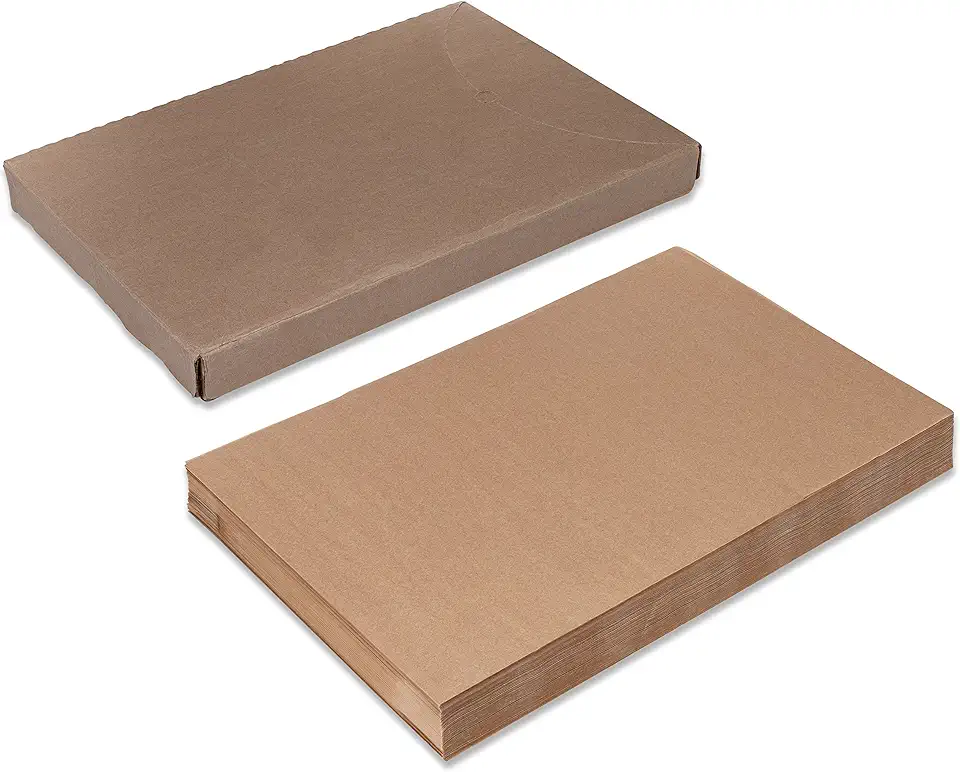 Paterson Paper 16" x 24" Full Size Unbleached Chromium-Free Reusable Baking Parchment Paper Sheets Commercial Bun/Sheet Pan Liners - 1000/Case - 425F - Non-Stick/Grease-Resistant
$169.58
View details
Prime
best seller
Paterson Paper 16" x 24" Full Size Unbleached Chromium-Free Reusable Baking Parchment Paper Sheets Commercial Bun/Sheet Pan Liners - 1000/Case - 425F - Non-Stick/Grease-Resistant
$169.58
View details
Prime
best seller
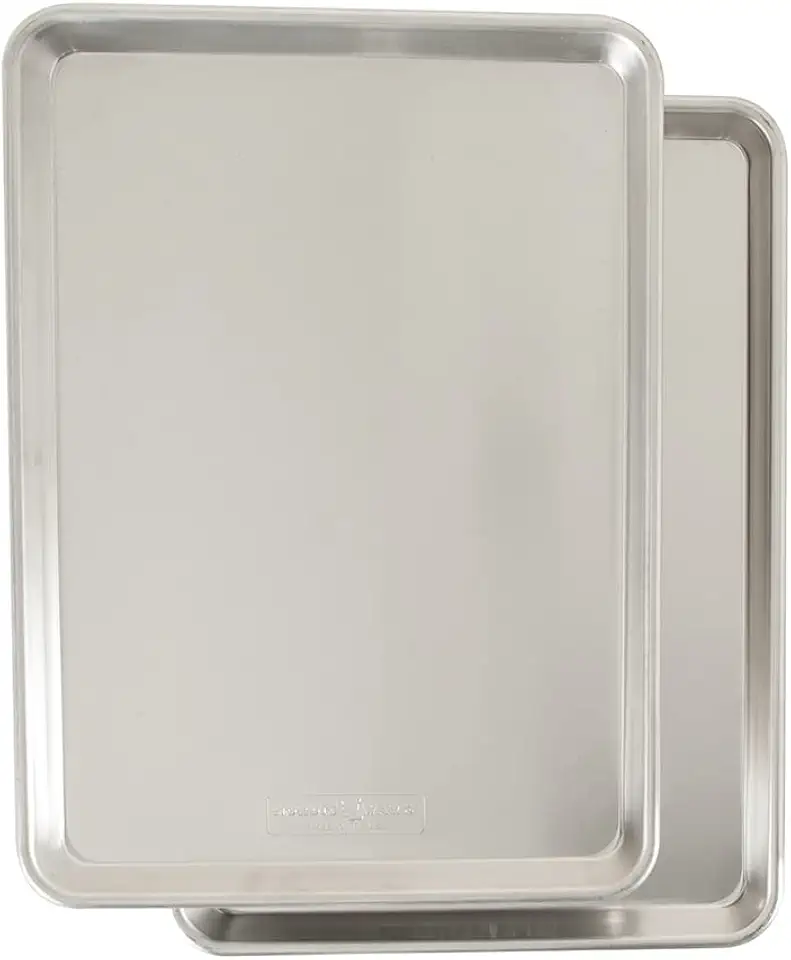 Nordic Ware Naturals Half Sheet, 2-Pack, Natural
$37.80
View details
Prime
Nordic Ware Naturals Half Sheet, 2-Pack, Natural
$37.80
View details
Prime
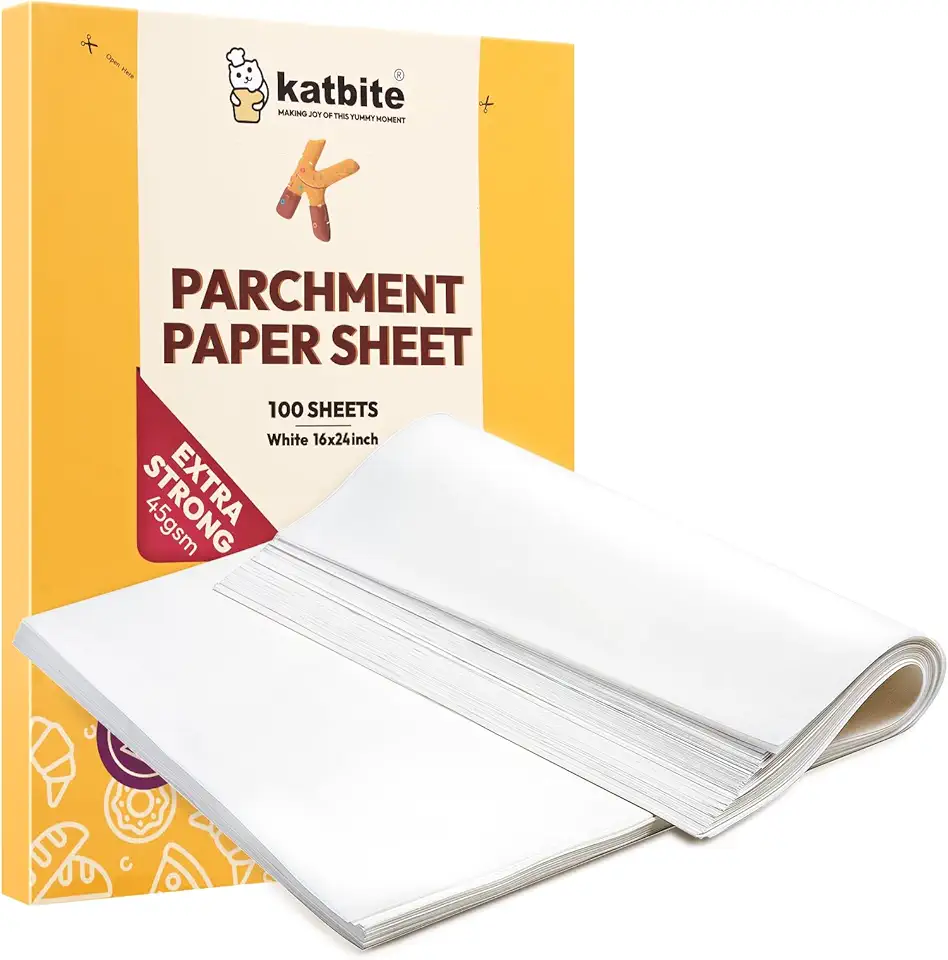 Katbite 16x24 inch Heavy Duty Parchment Paper Sheets, 100Pcs Precut Non-Stick Full Parchment Sheets for Baking, Cooking, Grilling, Frying and Steaming, Full Sheet Baking Pan Liners, Commercial Baking
$18.99
$25.99
View details
Katbite 16x24 inch Heavy Duty Parchment Paper Sheets, 100Pcs Precut Non-Stick Full Parchment Sheets for Baking, Cooking, Grilling, Frying and Steaming, Full Sheet Baking Pan Liners, Commercial Baking
$18.99
$25.99
View details
Variations
Gluten-Free Version 🥳: Swap out regular flour for a gluten-free blend. Make sure to use a brand that already includes xanthan gum or similar binding agents to mimic the elasticity of gluten.
Vegan Twist 🌱: Replace butter with a plant-based alternative and opt for a silken tofu or aquafaba to replace the eggs. Make sure to verify your product choices for full vegan compliance.
Faq
- How do I avoid dense pastries as a beginner?
Ensure your ingredients are at room temperature before starting, especially the butter. Also, avoid over-mixing the dough once the flour is added to maintain lightness.
- Can I use regular oranges instead of a specific variety?
Yes! While specific varieties like Valencia might enhance flavor, regular oranges will still provide the necessary zest and juice.
- What is the best way to store the pastries?
Store them in an airtight container at room temperature for up to 3 days. For longer storage, freeze them in a well-sealed bag.
- How can I prevent my pastries from spreading too much?
Chill the dough before baking. Cold dough helps retain its shape as it bakes, giving you more controlled results.
- What additional ingredients can enhance the flavor profile?
Experiment with adding a pinch of cardamom or cinnamon to complement the citrusy tones. A splash of vanilla extract can add depth too!
- What advanced techniques can differentiate my pastries?
Try laminating the dough for layers. It involves folding butter into the dough several times, creating a flaky, croissant-like texture.

